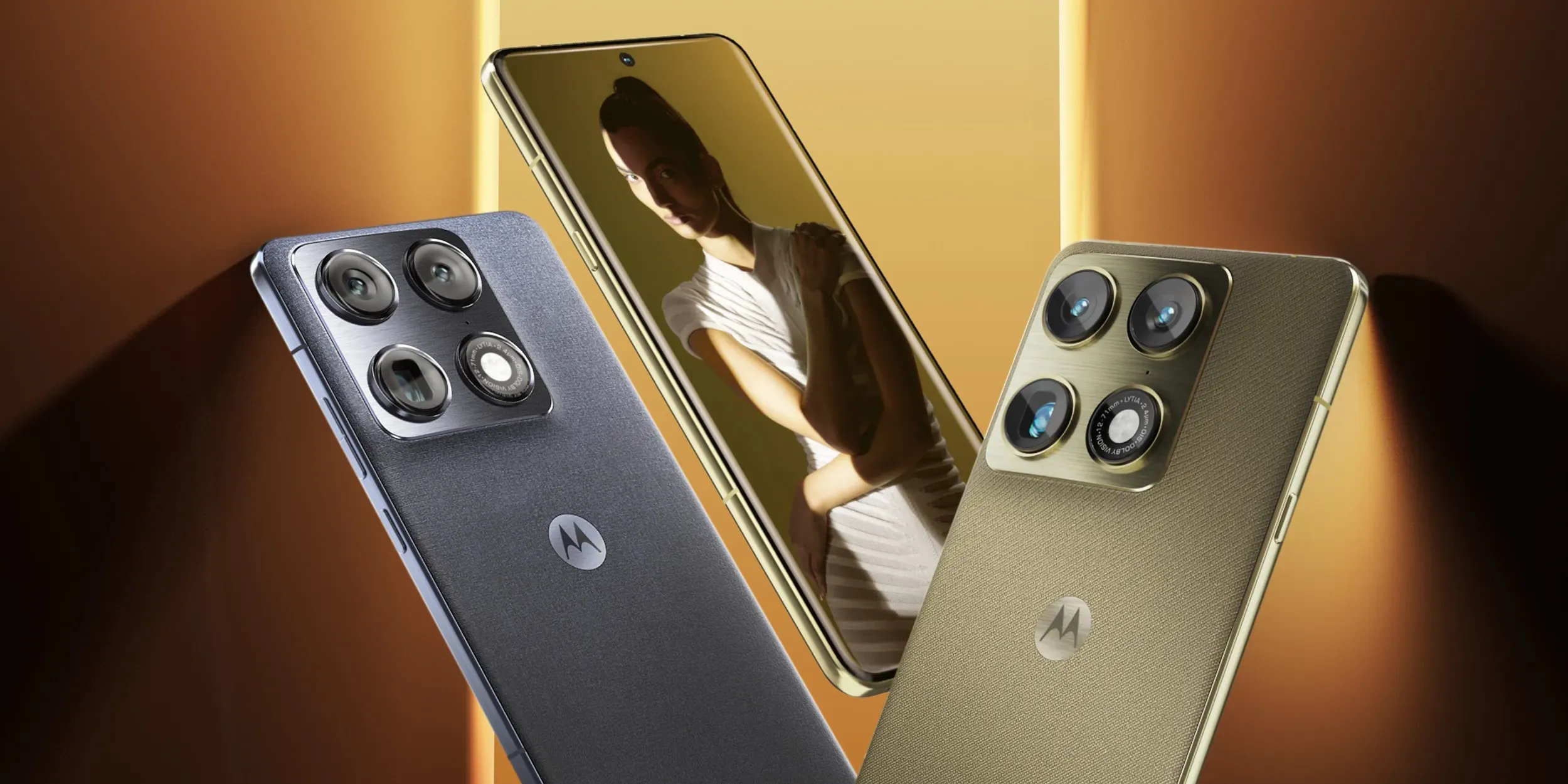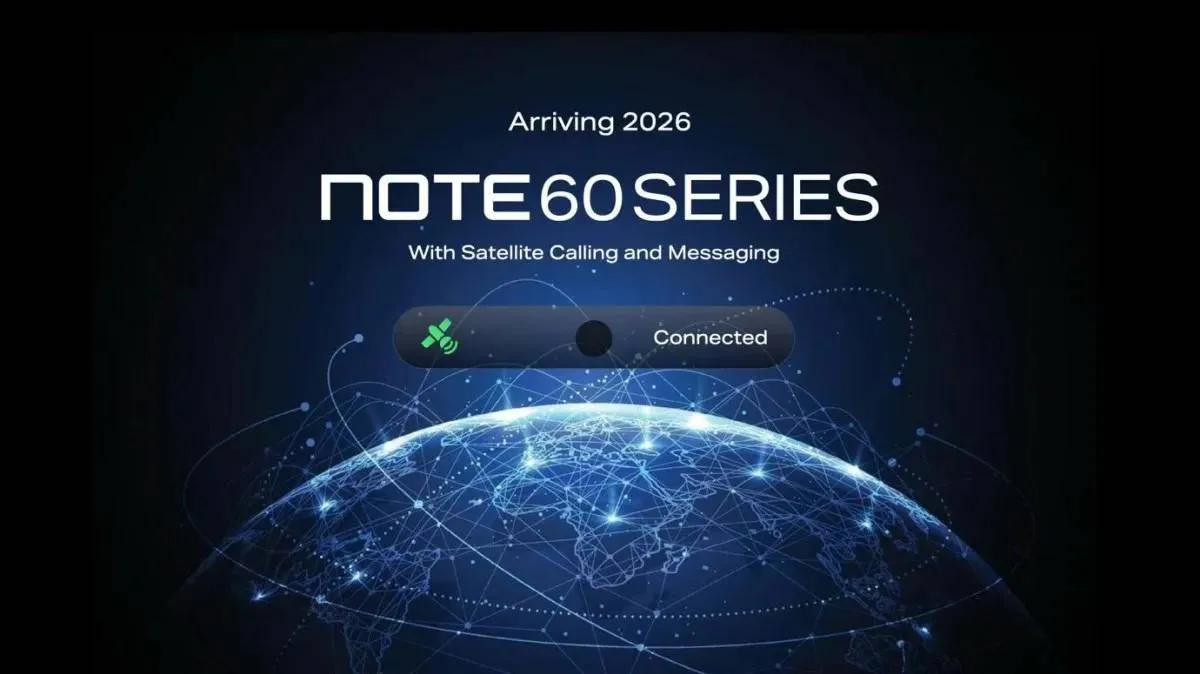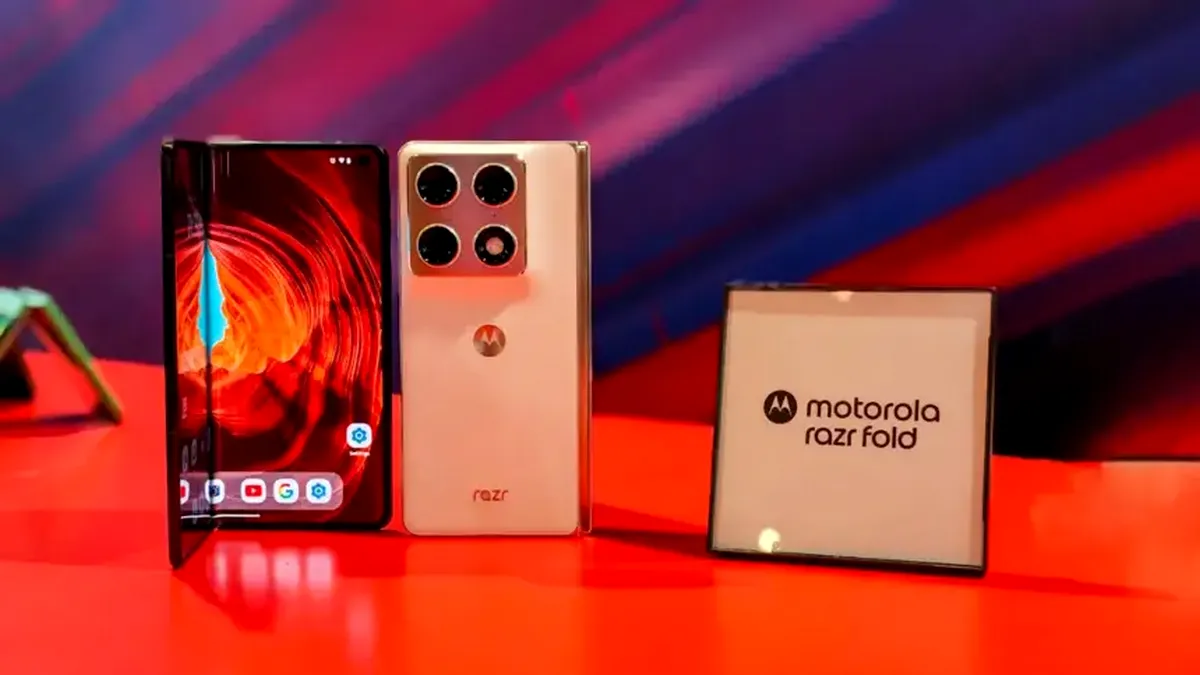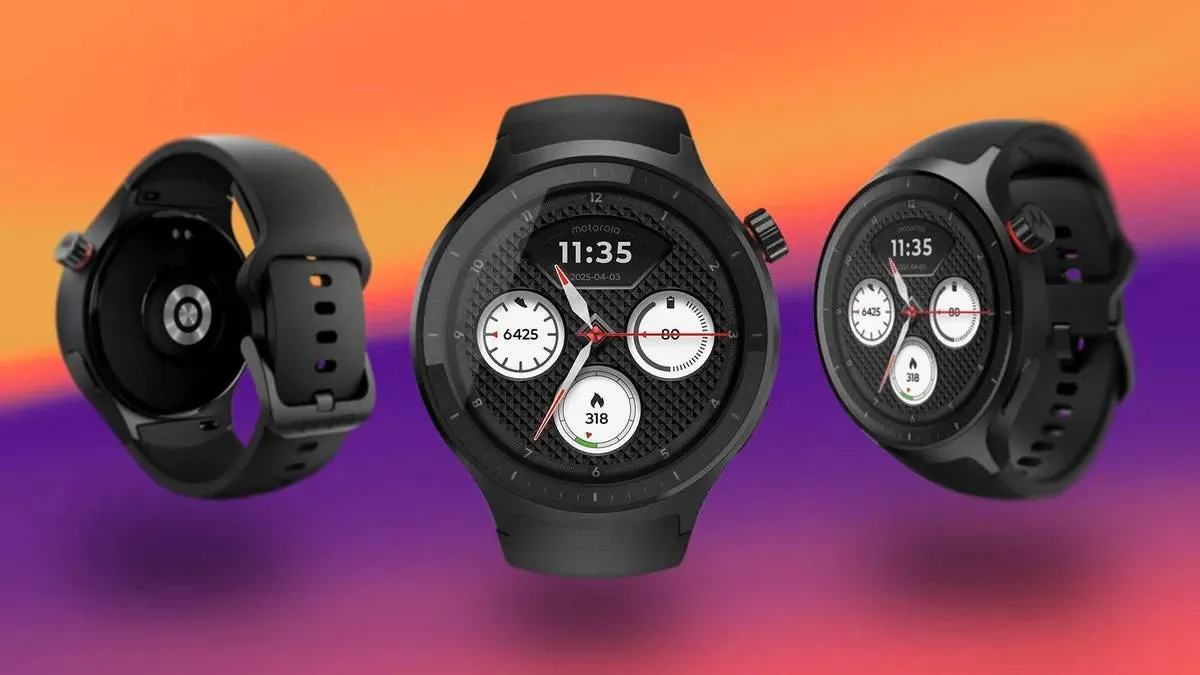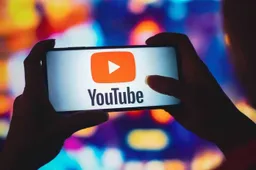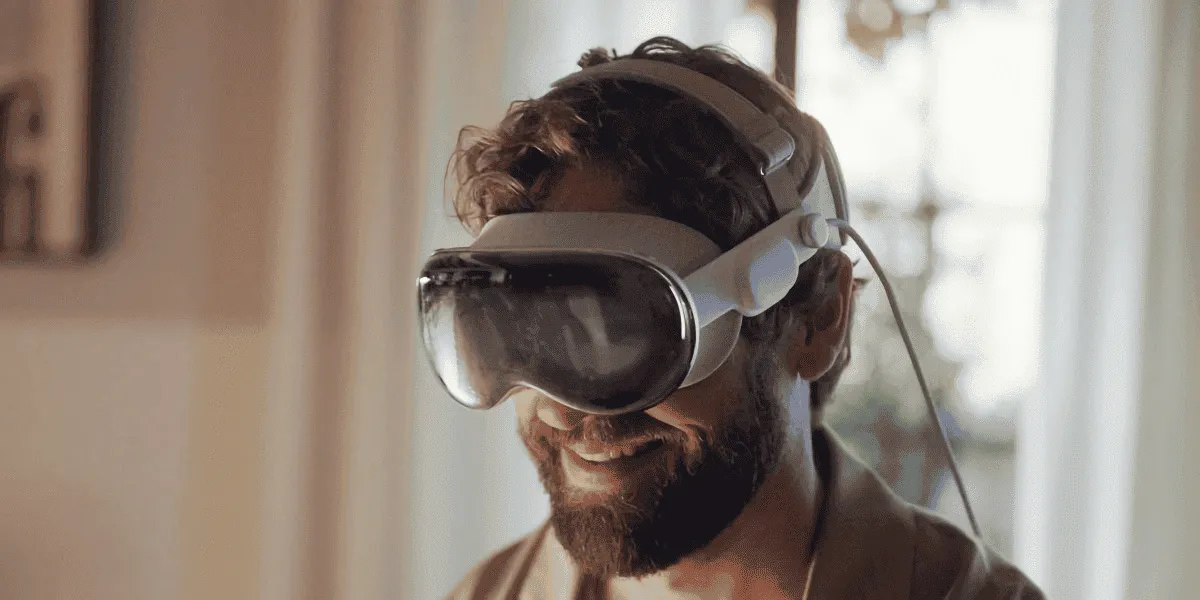
Apple is set to release its Vision Pro mixed reality headset later this year, which will use hand - tracking and eye - tracking for control. However, according to Bloomberg's Mark Gurman, Apple considered a finger - worn input device for the headset during its development cycle. In this article, we will explore the details of this plan and why Apple took the decision to use eye - tracking and hand motions to control the Vision Pro.
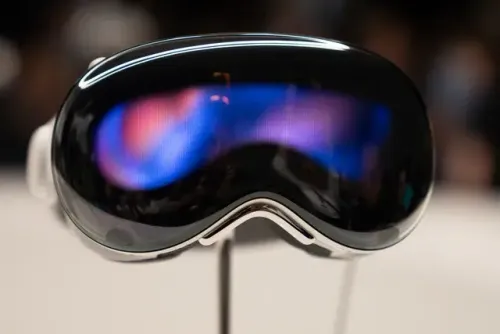
Finger - Worn Controller Consideration
During the development cycle of the Vision Pro, Apple tested third - party virtual reality controllers from companies like HTC. The report claims that the company later did some work on a finger - worn input device. In the end, Apple decided that using eye - tracking and hand motions to control the Vision Pro was the "more elegant solution".
When Nilay Patel, editor-in-chief of The Verge, tested the headset, he thought the eye tracking was solid. He also confirms that users can keep their hands down at their sides or in their lap, tapping their thumb and fingers together to interact with the virtual world.
Apple's decision to use eye - tracking and hand motions for control is in line with its focus on creating intuitive and natural user experiences. The company has a history of making complex tech quite simple. The company also makes it available for the market to buy and the Apple Vision Pro is no exception. However, this device will not be cheap. By using eye - tracking and hand motions, Apple is creating a more immersive and intuitive experience for users.
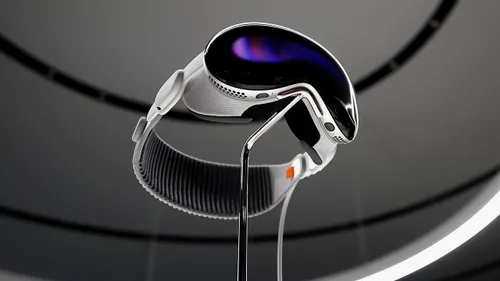
What is the Vision Pro mixed reality headset?
The Vision Pro is a mixed - reality headset that was announced by Apple at its annual WWDC in June 2023. It is a spatial computing device that allows users to interact with apps and other digital content using their hands, eyes, and voice. It does these things while also maintaining a sense of physical presence. The headset supports 3D object viewing and spatial video recording and photography. The Apple Vision Pro is a mixed - reality headset, which means that it combines elements of AR and VR. While VR creates a completely immersive environment, AR overlays digital content onto the real world.
The headset is capable of showing both VR and AR content. The Vision Pro is not see - through, and everything the user sees is digital. For AR content that does not make the surroundings disappear, Apple uses cameras that map out what's in front of the user. It then translate it into a digital image augmented by virtual elements. The headset is designed to completely cover the eyes and block out all of the user's surroundings
Potential use cases for the Vision Pro
The Apple Vision Pro mixed reality headset has a wide range of potential use cases, including:
1. Entertainment:
The Vision Pro is designed to provide an immersive entertainment experience, allowing users to interact with virtual worlds using their hands, eyes, and voice. Apple has made inroads in taking care of the issue of feeling isolated and vulnerable when using VR tech.
2. Industrial:
The Vision Pro could be used in the industrial sector to provide immersive training environments for rescue crews, forest fire fighters, logistics teams, and other workers. The headset could also blend real - world controls and digital visuals to educate operators on how to use all kinds of equipment.
3. Education:
The Vision Pro could be used in education to provide immersive learning experiences for students. For example, students could explore historical sites or scientific concepts in a virtual environment.
4. Healthcare:
The Vision Pro could be used in healthcare to provide immersive training for medical professionals. For example, surgeons could practice procedures in a virtual environment before performing them on real patients.
5. Gaming:
The Vision Pro could be used for gaming, allowing users to interact with virtual worlds in a more immersive way than traditional gaming systems.
6. Design:
The Vision Pro could also be used in the design, allowing architects and engineers to visualize and manipulate 3D models in a virtual environment.
7. Communication:
The Vision Pro could be used for remote communication, allowing users to interact with each other in a virtual environment.
8. Retail:
The Vision Pro could be used in retail to provide immersive shopping experiences for customers. For example, customers could try on virtual clothing or see how furniture would look in their homes.
9. Art:
The Vision Pro could be used in art, allowing artists to create and manipulate 3D models in a virtual environment.
10. Metaverse:
The Vision Pro could be used to bring the metaverse back to life, providing a platform for users to interact with each other in a virtual environment.

The potential use cases for the Vision Pro mixed reality headset are vast and varied, and it will be interesting to see how users and industries adopt this new tech.
Final Words
Apple's consideration of a finger - worn controller for the Vision Pro mixed reality headset during its development cycle highlights the company's commitment to exploring all options when it comes to creating intuitive and natural user experiences. However, in the end, Apple decided that using eye-tracking and hand motions was the more elegant solution. With the Vision Pro set to release later this year, it will be interesting to see how users respond to this new approach to mixed reality control. Keep a tab with us and we will let you know more details about this device as the hit the public domain.
Loading
